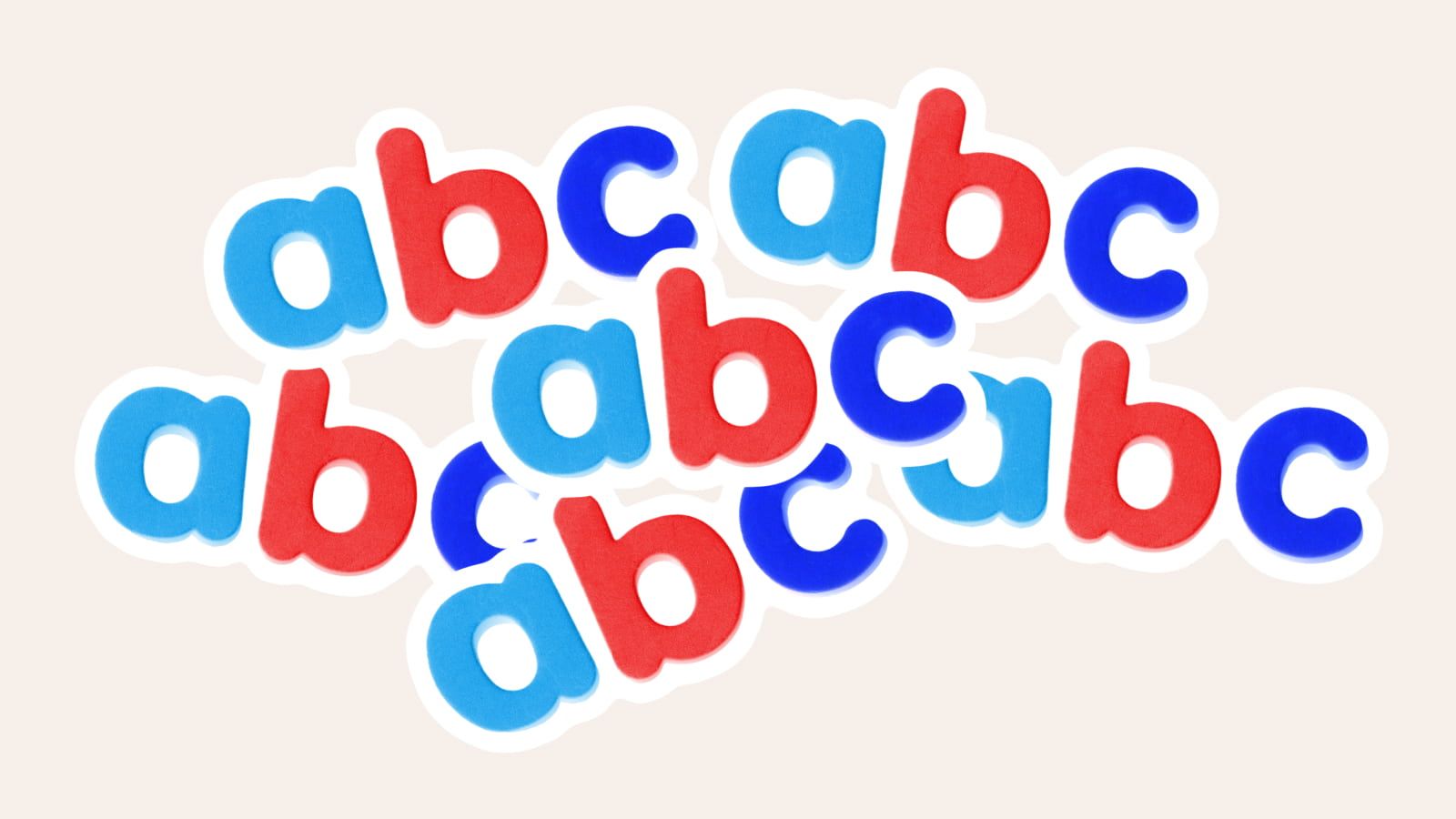That’s why, together with Starling Bank, we’ve created a simple ‘ABC’ approach that parents can use with their child every single day. Each step in the ABC has been proven by our research to improve childrens’ financial literacy development.
The aim is to work through each step with your child on a regular basis. Try to apply it daily if you can, if not every other day or every week.
The ABC of financial literacy
A is for Autonomy
Giving children some autonomy over their pocket money has been proven to help develop their financial literacy. According to our study, parents who allowed their children to make their own decisions about how to spend their money also reported higher levels of financial literacy. It’s still important to give your child guidance on how to spend and save their allowance, but the best way they’ll learn how to manage their money is to make their own decisions.
It might result in spending they later regret, but the mistakes they make, alongside the purchases they are happy with, all provide valuable lessons that shape their attitudes to money in the future.
B is for Balance
Always think about whether you’re giving your child their pocket money in a balanced way.
Balance applies to lots of different things. It’s about making sure that pocket money payments are balanced throughout the year. Children’s financial literacy vastly improves when pocket money is paid routinely and regularly – whether it’s 50p a month or as much as £50. According to our study, children who receive pocket money regularly have financial literacy scores that are 25% higher than those who do not.
C is for Conversation
Talk to your child as much as possible about managing money – every conversation helps towards their financial education.
That doesn’t necessarily mean teaching them about APR and interest rates – it can be as simple as taking them along to the weekly food shop and pointing out the costs of groceries, or explaining how the household budget works.
Talking through the money matters that directly relate to your child also helps. Why not have an open discussion about the going rate for chores? Perhaps they can even negotiate with you! Alternatively, you can set them up with a mobile-based children’s debit card which you can oversee, such as Kite, so they can track their spending and talk about how each of their purchases affects their budget.
Financial literacy might not be ‘as easy as ABC’, but I hope this method helps you develop your child’s money management skills. You can find even more resources that apply the three tested approaches of autonomy, balance and communication on our resources page.
We’re on a mission to Make Pocket Money Equal. Find out more.

